For over a decade, the once-vital Zayande-Rood River has been experiencing a prolonged dry spell, significantly impacting the lives of those residing in the eastern regions of Isfahan. This water crisis has led to a myriad of issues, encompassing both social and economic challenges that the local communities have been grappling with. The scarcity of water resources has not only disrupted their daily routines but also posed a threat to their livelihoods, as they strive to adapt to the changing environmental conditions.
Iran (IMNA) - The Zayandeh River, a significant contributor to the development of employment, agriculture, and the economy in Iran's central region, is currently facing a severe crisis due to reasons such as unauthorized water harvests, officials' negligence in transferring water to neighboring provinces, and a decline in rainfall during the hot season. This situation has left farmers in the eastern parts of Isfahan in a dire predicament, with many suffering significant losses due to consecutive droughts over the past few years.
The agricultural community, comprising farmers, ranchers, and gardeners, forms a significant portion of Isfahan province's population. Currently, they face an unfavorable situation, with many struggling to make ends meet amidst the ongoing crisis. In an attempt to overcome this predicament, some farmers have been forced to sell their ancestral land.
The water crisis has led to a depreciation of farmers' capital, making their land virtually unsellable and resulting in limited job opportunities, constantly worrying about the livelihoods of their families. The value of the farmers' capital, which primarily consists of their land, has significantly decreased, further exacerbating the challenges faced by those dependent on agriculture in the Zayandeh River basin.
The problems associated with the Zayandeh Rood, a vital water source for the region, are not limited to the farming and ranching communities. Instead, they have expanded to affect the entire province. Due to the lack of water flow in the Zayandehrud, the province has been grappling with various environmental crises that threaten its ecological balance and sustainability.
Dust Spots and Temporary Storms: The Impact of Water Depletion on Iran's Wetlands and Local Communities' Health
The critical issue of severe drought and poor vegetation in Iran's Zayandehrud and Gavkhoni Wetland, which is the final destination of a vital river system, has been exacerbated by the depletion of these indispensable water sources. This unfortunate situation has led to the activation of dust spots and the emergence of temporary storms, primarily affecting the eastern, northeastern, and northern parts of the province, with occasional occurrences in central regions as well. The significant influence of wind on these weather events cannot be overlooked, as it plays a crucial role in shaping their development and intensity. These weather phenomena pose substantial challenges to the region's delicate ecosystem and the well-being of the local communities, who are directly impacted by the consequences of these environmental changes.
Exposure to fine dust particles in polluted air can have detrimental effects on the cardiovascular system through various biological mechanisms. When inhaled, these particles lead to a series of reactions that contribute to adverse health outcomes. They trigger coagulation disorders, increased instances of thrombosis, vascular endothelial dysfunction, and constriction of arteries. This occurs due to the secretion of inflammatory substances in the lungs, which subsequently impact the cardiovascular system.
Furthermore, fine dust exposure is associated with increased heart rates, elevated blood pressure levels, and suppressed normal heart rate variability. These factors collectively contribute to the development of vasoconstriction, which in turn increases the risk of coronary issues, heart attacks, and cardiac arrhythmias. It is crucial to address air pollution and its associated fine dust particles to protect public health and reduce the risk of cardiovascular complications.

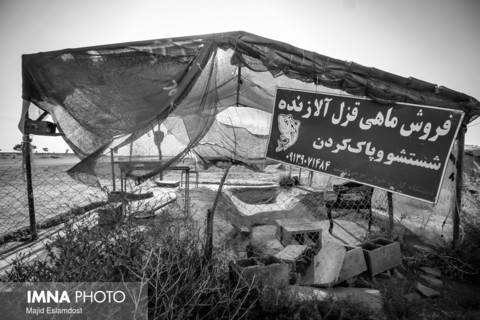
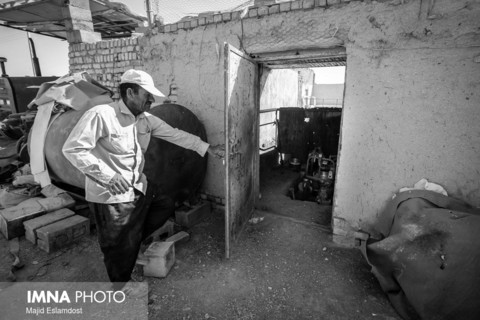
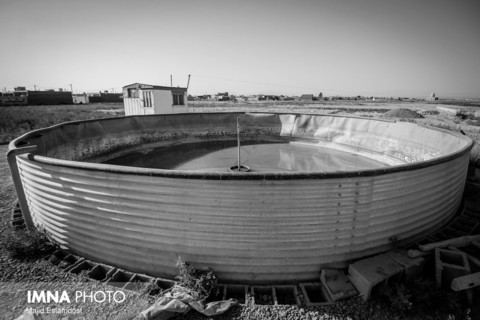

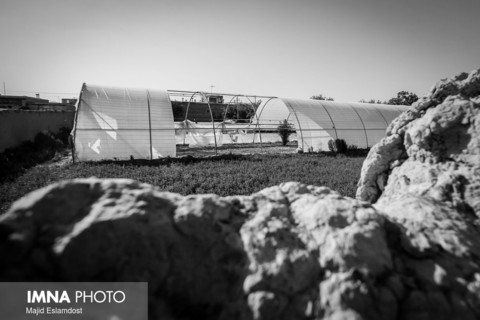
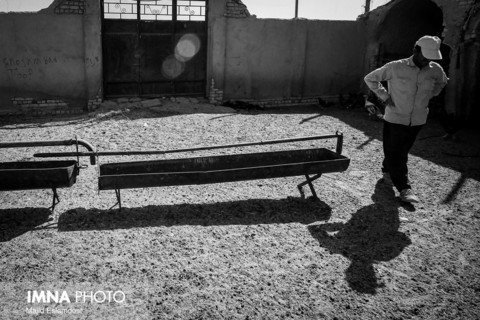
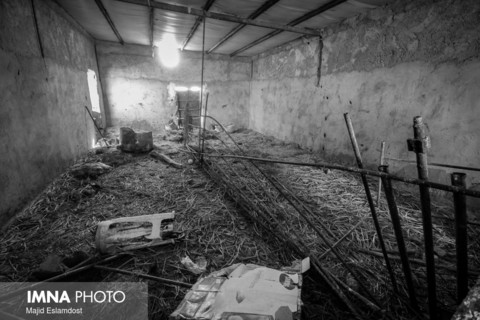

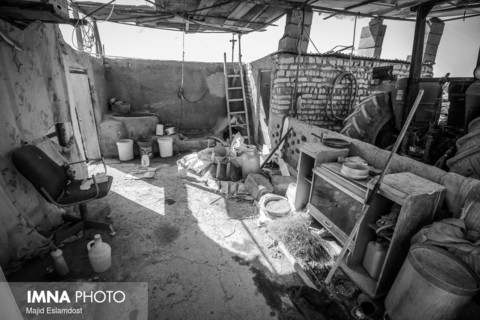
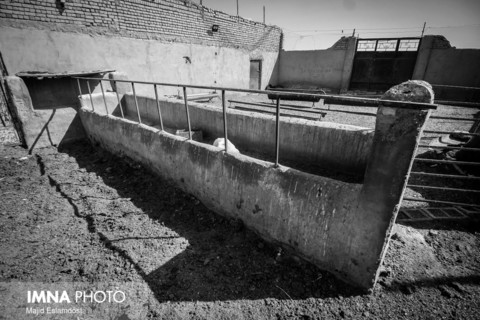
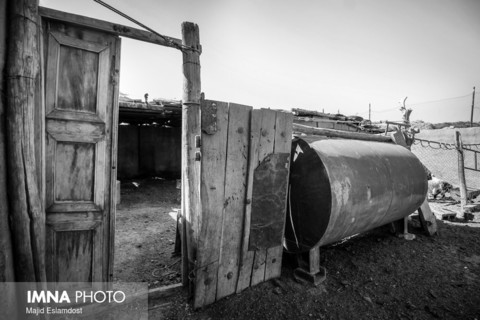
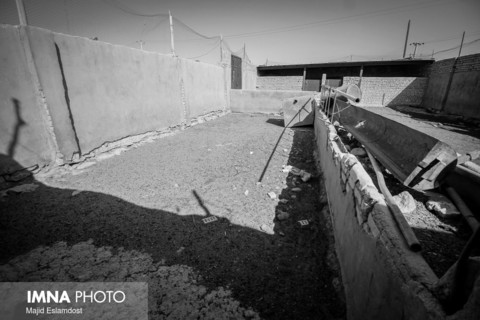
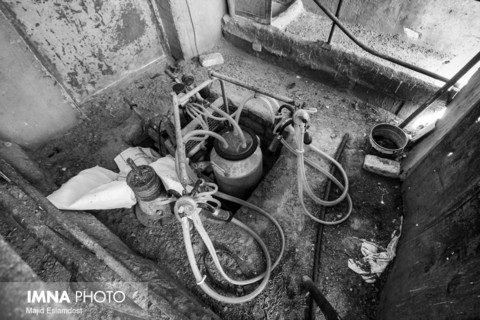
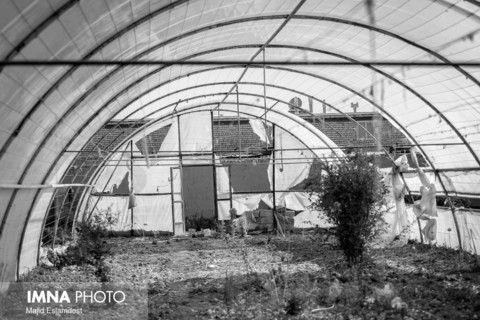


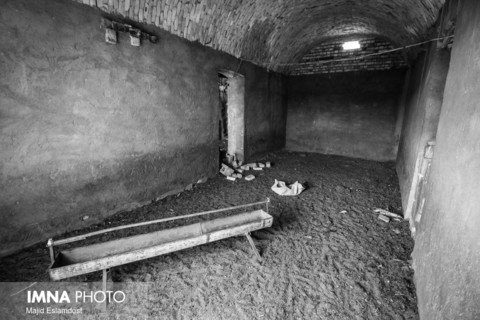
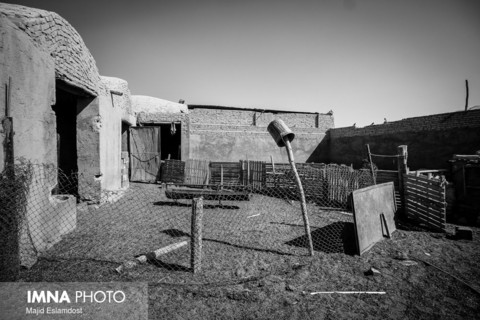

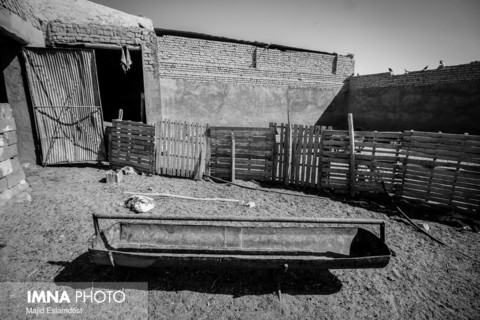


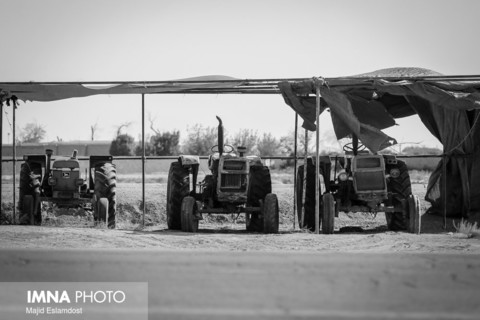

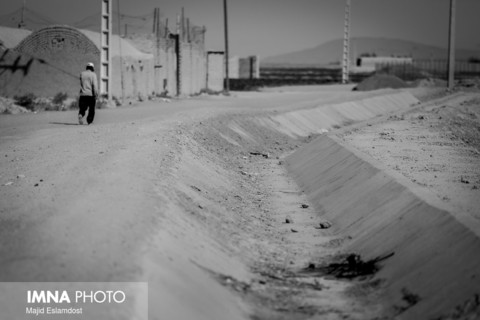
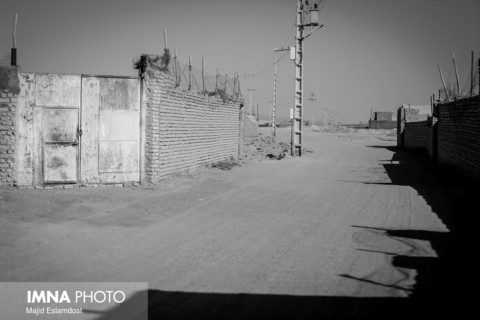



Your Comment